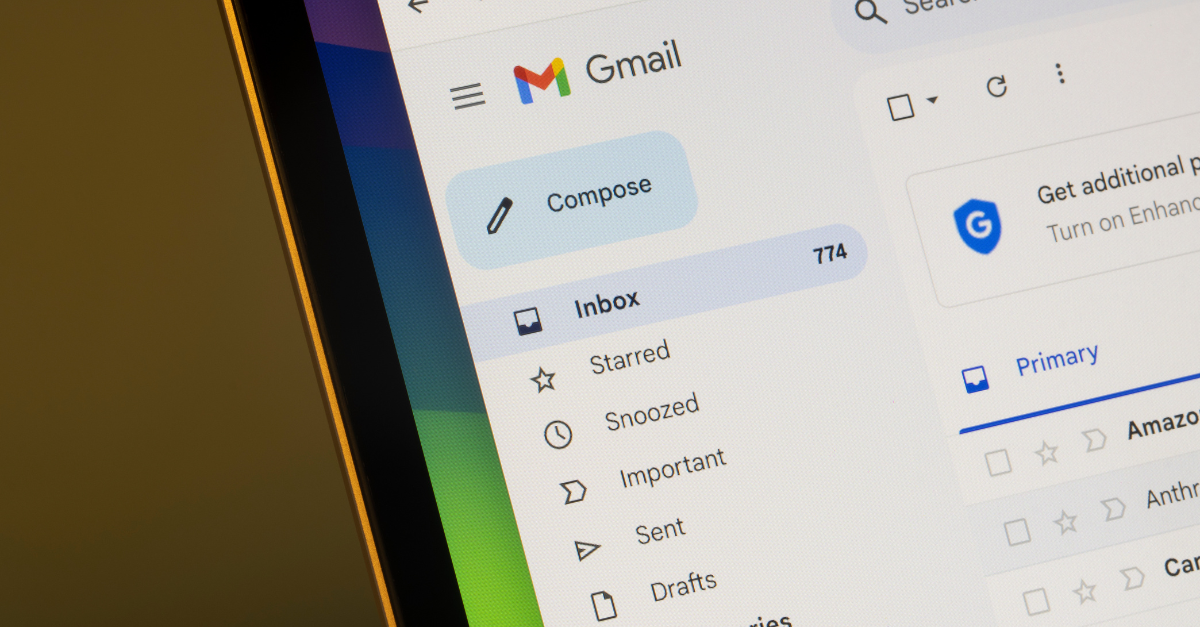Ten months ago, Apple rolled out its Mail Privacy Protection (MPP) update for users of its iOS15, iPadOS 15, and shortly after, macOS 12 Monterey operating systems. At the time, many panic-stricken marketing pundits described it as yet another email marketing extinction event (will they ever learn?). At emfluence, we preferred to position it as an evolutionary step in the ever-changing world of email marketing.
The email marketing experts at emfluence aren’t prone to panic. We’ve seen these “extinction events” before and know that email nearly always emerges stronger. This doesn’t mean we are complacent about the ever-changing email landscape. We just understand the difference between something that requires a slight change of strategy rather than a full-scale evacuation.
What Is Apple’s MPP?
We know marketers are busy people. So just in case you missed the media frenzy about the rollout of Apple’s MPP back in September 2021, here’s a quick reminder of what MPP is all about and how it impacts the email marketing industry.
Apple’s MPP does two things:
- It hides a subscriber’s IP address so that senders cannot link it to their online activity or discover their location.
- It prevents marketers from seeing if and when an email has been opened. It does this by automatically loading remote content, including tracking pixels, to a proxy server before sending it to recipients.
These two steps mean that any emails sent to an MPP-enabled device will automatically be flagged as opened even if the recipient doesn’t open the email themselves. It also means marketers will not receive data relating to multiple opens because there will only ever be one open event recorded.
In layman’s terms, open data is no longer a reliable metric to judge the success of your campaigns. Although, to be honest, serious email marketers have always viewed open rates as a “nice to know” metric, preferring to look to click-through rates and email marketing return-on-investment (ROI) for real signs of success.
It also means that if you’ve quietly been patting yourself on the back recently because your open rate has increased, you’re not doing as well as you think.
What Has the Impact of MPP Been?
This isn’t an easy question to answer. MPP will have undoubtedly affected your understanding of the success of your email campaigns. However, the severity will depend largely on who your subscribers are and where they are based. For example, in terms of mobile devices, Apple has a much larger market share in North America and Western Europe than in other areas where Android-powered devices dominate.
Demographics will also make a difference. As a completely unscientific rule of thumb, if you target tech-savvy B2B clients, iOS devices will be much more prevalent and, therefore, more likely to be impacted by MPP. Whereas, if you send a newsletter to an older demographic, less expensive Android devices will be much more popular and less likely to be affected.
However, to understand how MPP impacts your campaigns, you really need to examine your email client usage data closely.
For example, looking at the analytics from a recent campaign I sent to 5,134 subscribers on behalf of a B2B client targeting US-based eCommerce clients, I was able to ascertain that Apple’s MPP impacted 60.4% of sends. Unfortunately, this means that the open rate data for more than half of all sends cannot be relied on as accurate. In fact, in this case, the open rate data for the campaign will be entirely skewed and, realistically, plain useless.
Anecdotally, colleagues tell me that their clients have seen their open rates increase on average by 12%. Usually, this would give them cause to celebrate, but this data is clearly unreliable in the post-MPP world.
Is it Time to Retire Your Open Rate Data?
Falsely reported open rates aren’t only a significant inconvenience for marketers seeking to gauge and optimize the success of their campaigns. They could also harm your more sophisticated marketing automation campaign strategies.
If you still use open rate data to trigger marketing automation campaigns, your marketing automation strategy will almost certainly be misfiring campaigns and potentially confusing your subscribers.
With this in mind, it’s time to re-evaluate the metrics you consider more useful and adjust your marketing automation lead scoring and workflows accordingly.
While open rate data might still provide a useful metric, you’ll have to isolate any subscribers that MPP may impact to give you a ballpark figure. The question you have to ask is: Is this worth doing with every send for something that may be considered a vanity metric?
It May Be Time to Rethink Your Email Marketing Strategy
MPP has in no way changed what we love about email marketing. It’s still a low-cost, high-impact marketing channel. However, MPP has altered how we judge email marketing success and may mean you have to tweak your marketing strategy.
Change isn’t a bad thing. Remember, the most dangerous thing you can ever say in business is, “We’ve always done it this way”. So, if you’ve ever felt you might have been a little complacent in your email marketing strategy, this could be an excellent opportunity to really shake up your campaigns.
To learn how the email marketing and marketing automation experts at emfluence can help you understand the impact of Apple’s MPP and reshape your strategy accordingly, contact us today at expert@emfluence.com.



